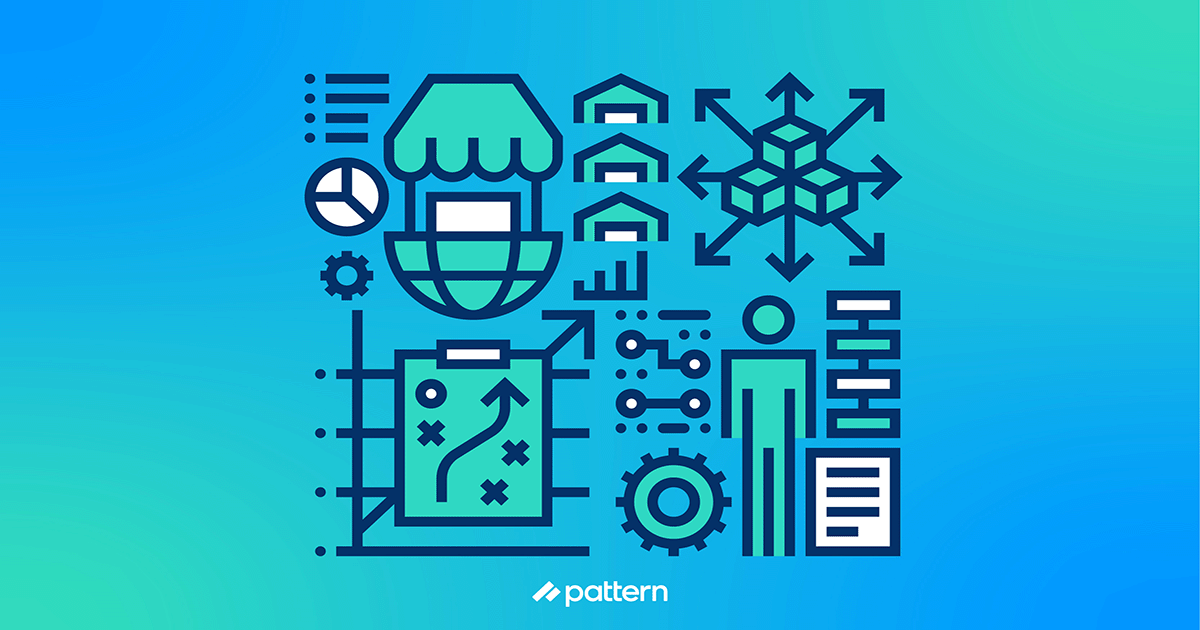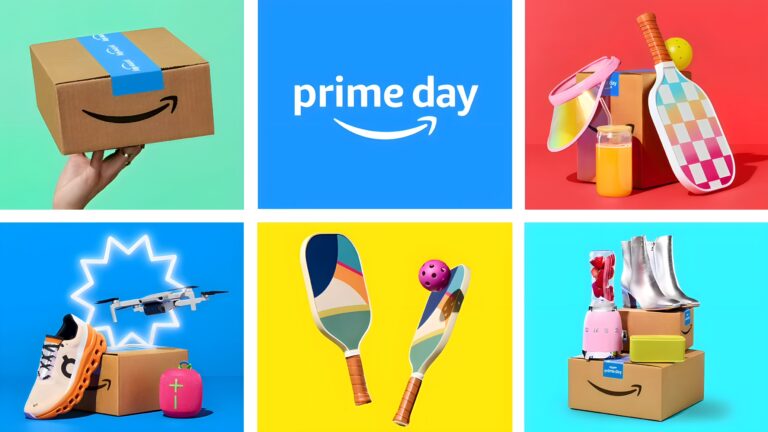With the acceleration of ecommerce during COVID-19, cross-border shopping also saw considerable growth making international ecommerce an attractive strategy for many retailers planning their next phase of growth. A global survey by Logistyx Technologies in 2021 revealed that 57% of online shoppers around the world made at least one online purchase from another country in the last 12 months – while a further 22% considered doing so. And 43% agree or strongly agree that shopping more online during the pandemic increased their willingness to consider cross-border ecommerce purchases.
When expanding internationally whether it be cross-border where you sell your products into a market and fulfill from your home country, or localised ecommerce where all of your key ecommerce operations are available in the market you are targeting, there are a number of considerations to enabling a successful international expansion.
While this is not a comprehensive guide to building an international expansion strategy, here are four key areas to consider when building your international strategy.
1. Which Markets Are Right?

To get started on your strategy, we recommend going through an initial market selection process. Some key areas of research will help you understand which markets look to be the best fit for your business.
Start with a shortlist of markets that might be a good fit for your brand and product, then research the following for each country:
- What does the total opportunity look like? For example, according to Statista, the US market generated $768B in ecommerce total sales revenue in 2021 and is forecast to grow to $1.3T by 2025.
- How and where are people shopping? Who are the key players overall and who will you be competing with? This information will help you understand which markets are right for you and in many cases present some compelling channel opportunities.
- What do customers in each market expect from a brand in your vertical? Eg. Mckinsey’s research states that in the US – Over 90% of consumers expect FREE 2-3 day delivery – Food & Grocery consumers expect a less than a 1-day delivery window.
- What local regulations do you need to be aware of? Research areas like privacy, tax, customs and border protection, local trade laws and regulations specific to your vertical.
2. Which Operating Model and Channels are Right?

Having gathered data around market opportunity and growth, where your target customers are shopping and market nuances, you can begin to consider the best channel/s and operating model for launch.
There are four primary operating models, each of which will provide different levels of access to consumers when it comes to ecommerce. Working with international distributors provides the lowest barrier to entry while selling from your own website is the most complex from an organisational perspective.
- A distribution model means working with a local distributor to expand into a specific market. This allows businesses to leverage market-specific expertise and limited requirements for local operations. This, however, also means you have limited control of the end-to-end customer experience.
- Selling on marketplaces provides access to a significant existing customer pool while placing some requirements on the Australian operation (tech, admin, logistics) but also means limited control of the customer experience.
- Social commerce presents the benefits of providing access to a significant consumer pool with limited requirements for technology. The channel however is still awareness first, transaction second and does require logistics support.
- Selling on your own website while the most complex and requirement-heavy model enables complete control of the customer experience.
3. How Will You Drive Growth?

Rather than adapting your current marketing activity to a given market, a localised strategy is essential. It cannot be assumed that the same channels, ads and keywords that work in Australia can be merely repurposed for other markets.
Businesses looking to deliver growth will need to ensure investment in media is commensurate with growth plans. There will likely be a need to overinvest initially to garner results and build momentum in a new market. Furthermore, if you’re trying to accelerate in a new market, you may need to consider investing at a level such as 25%-30% of total ecommerce revenue. As the other digital marketing channels mature, this will decrease towards a normalised investment of approx. 10% of total ecommerce revenue.
Some things to consider:
- What are the key channels locally, depending on the market they may be different to the key domestic channels.
- Will your campaigns be focused primarily on the top or bottom of the funnel? This will depend on the level of brand awareness you have if any in the market. Investing in brand awareness campaigns is critical when entering a new or crowded market.
- If you are planning to sell from your own website, what does your CRM strategy look like for that market and what local SPAM and privacy laws do you need to be aware of?
4. How Will You Operationalise?

What do you need? What do you have? Where are the gaps and how you will fill them? Depending on the channel, you will need to consider people, platforms and processes across areas like management, supply chain, marketing, and customer service.
- People: What skill sets and capacities are required across each area? What can you manage internally, and where will you benefit from leveraging partners?
- Platforms: What new technology platforms or changes to existing platforms are required to support the operation? When considering new platforms, core technology solutions are typically a multi-year investment, so it’s prudent to ensure that you undertake a comprehensive process to evaluate if a technology is the right fit for the business.
- Process: What existing processes need to be modified and what new processes need to be developed to service the new market and meet customer expectations?
Accelerate your International Strategy with Pattern
When expanding internationally, brands typically find greater success with a partner guiding them through the process. As a Pattern partner, you can access our extensive expertise and resources to help you succeed in domestic and international markets. We know the ins and outs of great ecommerce strategy, we’re fanatical about great data and obsessed with growing our partners’ ecommerce profitability.
Contact us to learn about how we can help you establish or accelerate your ecommerce operations.



